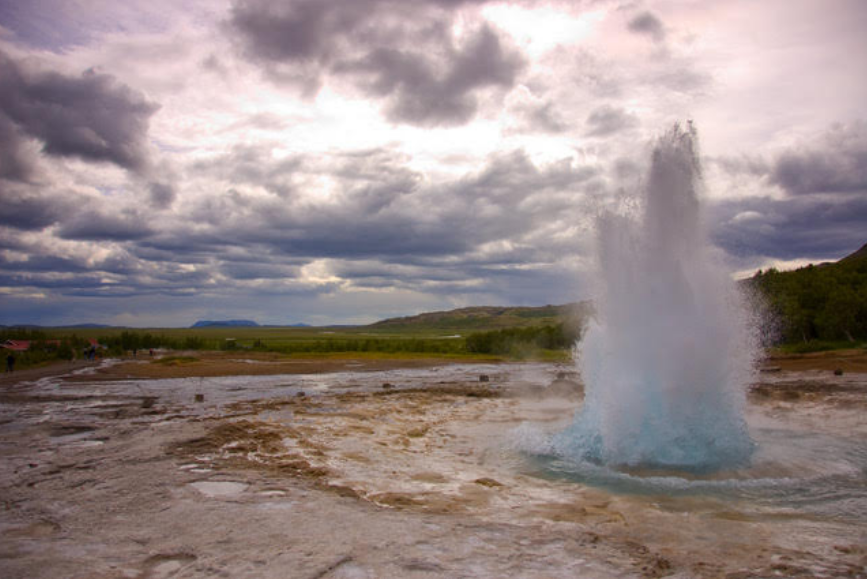A US company focused on releasing geothermal renewable energy has completed a Series A round to assist test a breakthrough drilling method. Quaise Energy announced a $40 million funding round as well as planned demonstration plans, according to zdnet.com .
Geothermal energy has lately been in the headlines, and it is often regarded as the only renewable, clean form of energy capable of supplying baseload electricity throughout the transition away from fossil fuels. However, geothermal sources, which are literally hot water reservoirs, are often located well over a mile below, posing logistical hurdles when it comes to energy extraction. Quaise believes it has found a revolutionary solution in millimeter-wave drilling technology.
Geothermal energy has been noted as having substantial potential benefits for power production by the Department of Energy’s Geothermal Technologies Office: Renewable: The pace of energy extraction may be matched with the natural heat recharge rate of a reservoir via good reservoir management. Baseload: Geothermal power plants provide energy on a constant basis, 24 hours a day, seven days a week, regardless of weather conditions. Domestic: Geothermal resources in the United States may be used to generate electricity without importing fuel. Small footprint: Geothermal power facilities are small, requiring less land per GWh (404 m2) than coal (3642 m2), wind (1335 m2), or solar PV with a central station (3237 m2). Clean: Modern closed-loop geothermal power plants release no greenhouse gases; life cycle GHG emissions (50 g CO2 eq/kWhe) are four times those of solar PV and six to twenty times that of natural gas. On average, geothermal power plants use less water during their lifespan energy production than most conventional generating systems.
Quaise Energy intends to demonstrate their technology in both in-ground and lab-controlled circumstances in 2022, followed by in-field testing in 2024. Interestingly, the business intends to repower conventional power plants using its new drilling method, reducing infrastructure expenses and employing the present oil and gas sector’s personnel to hasten the transition to a sustainable energy industry.

